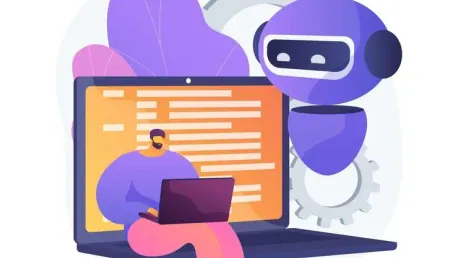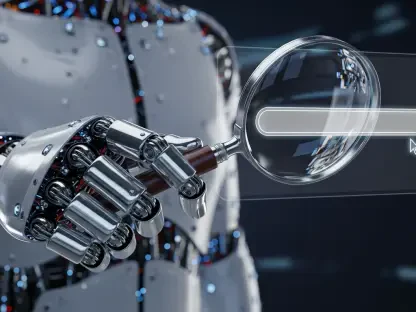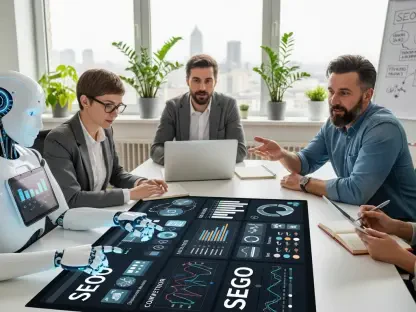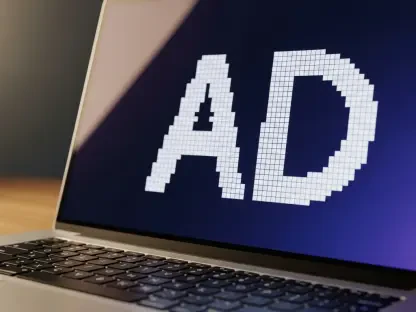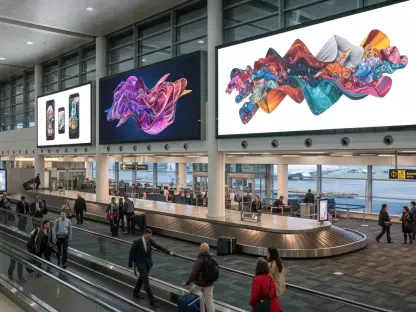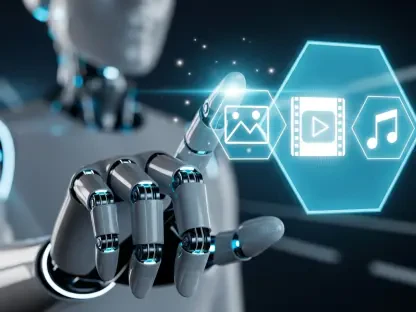The U.S. Court of Appeals for the District of Columbia Circuit issued a landmark ruling on March 18, dictating that works created solely by artificial intelligence (AI) without any human input are ineligible for copyright protection under U.S. law. This ruling underscores the principle that copyright protections are reserved exclusively for human creators. The decision has far-reaching implications for the burgeoning field of generative AI, which is increasingly producing art, music, and literature.
Case Involving Stephen Thaler
The case in question revolved around Stephen Thaler, a computer scientist who sought copyright registration for an artwork generated by his AI system, known as the “Creativity Machine.” Thaler submitted his application in 2018, naming the AI as the creator and himself as the owner. However, the U.S. Copyright Office rejected his request, emphasizing that the Copyright Act presupposes human authorship for any work to qualify for copyright protection. Thaler subsequently appealed the decision, but both the U.S. District Court and the Court of Appeals upheld the Copyright Office’s stance.
The appellate court’s affirmation that U.S. copyright law mandates human authorship highlights multiple provisions within the Copyright Act that are contingent on the presence of a human creator. This case sets a precedent reinforcing the long-standing legal interpretation that artificial entities cannot be recognized as authors under existing copyright law. The ruling aligns with historical perspectives that view the creative process as inherently human, requiring a degree of personal expression and originality that machines do not possess.
Implications for Generative AI
The implications of this decision are substantial for industries leveraging generative AI, such as art, fashion, and advertising. AI-generated content’s lack of copyright protection complicates its commercialization and protection against unauthorized use. This ruling particularly affects businesses that depend on proprietary AI-generated assets for unique marketing strategies or product designs. Without copyright protection, these businesses face challenges in legally safeguarding their investments in AI-generated content.
For instance, the fashion industry has already seen examples of AI-generated advertising campaigns, such as the Adidas Floral campaign, which featured advertisements created solely by AI. While cost and efficiency advantages are apparent, the inability to secure copyright protection could erode the competitive advantage that such innovations provide. This ruling might encourage companies to reconsider or reevaluate their reliance on AI for creative endeavors, potentially fostering a balanced approach that integrates human creativity and AI-driven efficiency.
Human Touch in Creative Fields
Despite the excitement around AI’s capabilities, certain creative sectors are less likely to be affected by the ruling. Areas like portraiture, documentary, sports, and event photography, which rely heavily on human touch and timely ‘reality-based’ imagery, remain largely impervious to the encroachment of AI-generated content. The human element in capturing spontaneous moments, conveying emotions, and presenting authentic narratives is something AI currently cannot replicate.
The ruling could also prompt a reassessment of collaborations between humans and AI where human involvement remains central to the creative process. Hybrid projects that combine human creativity with AI’s efficiency might be developed to circumvent copyright ineligibility. Artists and creators may take an active role in overseeing or refining AI-generated content, thus ensuring that the human element remains integral to the creative output. This approach could pave the way for novel artistic expressions while retaining the necessary legal protections.
International Perspectives and Future Considerations
Other countries are closely monitoring the U.S. stance on AI-created works, as similar legal questions arise globally. Some jurisdictions may adopt comparable policies, while others might take more inclusive approaches to copyright eligibility for AI-generated content. As the international legal landscape evolves, ongoing dialogue and potential treaties could harmonize regulations, offering more consistent guidance. Those engaged in developing or utilizing AI-generated content will need to carefully navigate this dynamic environment to ensure their work aligns with respective copyright laws.
